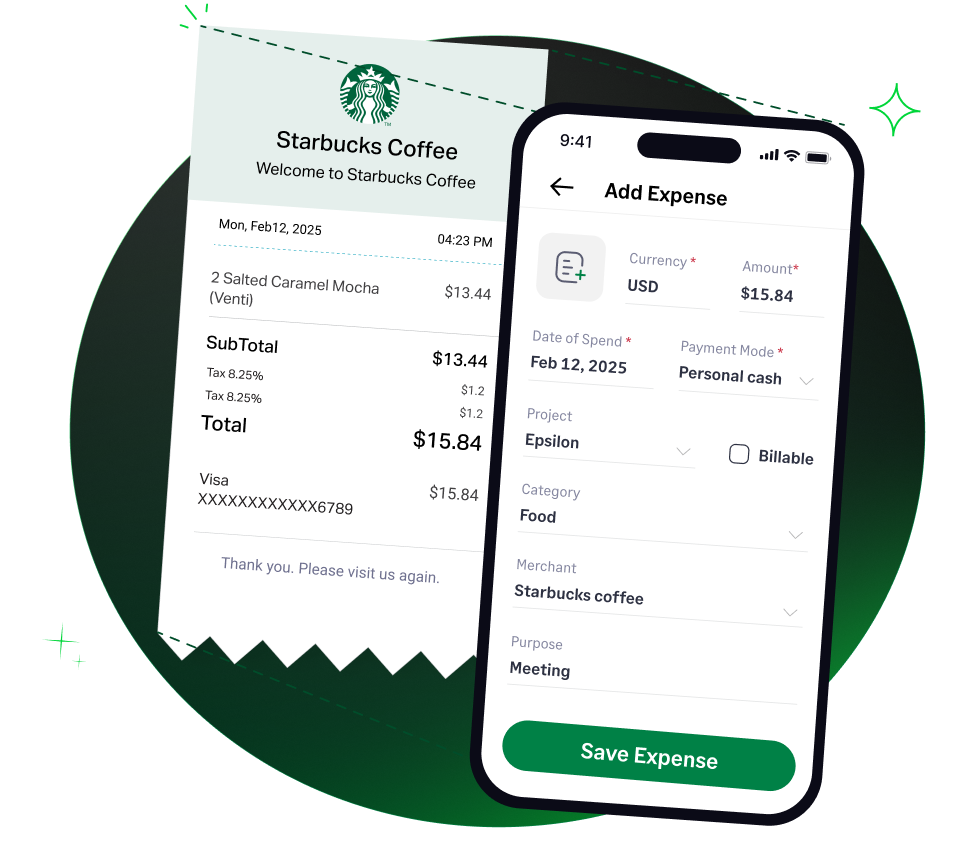✨ Exciting news: Fyle is now part of the Sage family! Learn more in our press announcement >
 4.6/51670+ reviews
4.6/51670+ reviewsFor many small and medium-sized businesses, outsourcing HR functions like payroll, benefits administration, and compliance to a Professional Employer Organization (PEO) is a strategic way to save time and reduce administrative burdens. When you partner with a PEO, you typically make a single payment that covers employee wages, payroll taxes, benefits contributions, and the PEO's administrative fee.
While this bundled payment simplifies your process, for tax purposes, accountants and business owners need to know that these costs must be unbundled and deducted in their proper categories. This guide explains how to categorize the various components of a PEO service fee in accordance with IRS rules, ensuring your business remains compliant.
The single payment you make to a PEO is not a single expense category. It represents several distinct types of deductible business expenses that must be reported separately for tax purposes. The main components are:
The most critical factor is accurately allocating the bundled PEO payment into its separate, deductible components.
You cannot deduct the entire PEO payment as a single PEO fee. Your PEO will provide detailed reports showing exactly how your payment is allocated between gross wages, employer payroll taxes, benefit contributions, and their administrative fee. You must use this report to record each component in the correct expense category in your accounting system.
When you partner with a PEO, you enter into a co-employment model. For tax purposes, the PEO often becomes the official employer of record. They are responsible for withholding and remitting all payroll taxes under their own Employer Identification Number (EIN). However, the costs remain your business expenses.
The administrative fee charged by the PEO for its services is a legitimate and ordinary business expense. This portion of your payment should be categorized as a professional service fee.
To properly deduct the costs passed through your PEO, you must report each component in its correct category.
For a sole proprietor filing a Schedule C (Form 1040):
You must have documentary evidence to substantiate all the costs paid through your PEO. Your most essential records will be:
Fyle helps you manage and document your PEO payments, ensuring you have a clear record of the total cost for your accountant to allocate correctly.




